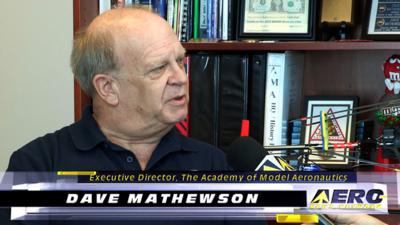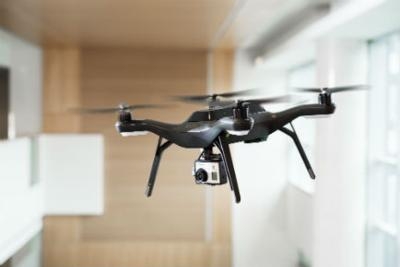Hobby Flying Of Model Aircraft And Drones Helps Foster Interest In Technology Education
Commentary By Dave Mathewson, Academy of Model Aeronautics Executive Director
Drones are everywhere – in the news, on television and all over southern California. The popularity of this technology will only grow as more people take up flying unmanned aircraft systems (UAS), also referred to as “drones.” At a time when our country needs more engineers, aviators, and scientists, promoting STEM education through the hobby of flying UAS should be a top priority.

Science, Technology, Engineering and Math (STEM) education is increasingly important to fostering technological advances and creating career opportunities for younger generations. According to Change the Equation, an organization that supports STEM education in the United States, as of September 2016 the unemployment rate for jobs in architecture and engineering was less than half of the economy as a whole. There are lots of jobs in STEM and we need to continue to fill these positions with educated and enthusiastic young people.
That’s why the hobby of flying model aircraft and drones is important. Flying, building and learning about UAS creates a much-needed avenue for more people, especially students, to learn about STEM and develop strong interests in aviation and engineering-related careers.
Consider, for example, the story of Burt Rutan. According to Julian Guthrie, author of “How to Make a Spaceship: A Band of Renegades, an Epic Race, and the Birth of Private Spaceflight,” Burt’s longtime obsession with designing and building model airplanes eventually led him to design SpaceShipOne, the rocket-powered aircraft that completed the first manned private spaceflight in 2004. Flying model aircraft and STEM education played an important role in fostering and achieving this successful career.
Since the Academy of Model Aeronautics’ (AMA) founding in 1936, the organization has become the world’s largest association of hobbyists in the world. Throughout its history, AMA has been dedicated to promoting STEM education through hands-on activities, technology, and the joy of model aviation, which can turn into a lifelong hobby.

This weekend in Ontario, California, AMA will host their annual expo, which will include more opportunities like Drone Camp for young people to get involved in UAS. And for adults, there will be multiple trainings to help prepare for flying UAS for commercial purposes, as well as the opportunity to hear from author Julian Guthrie about her research on AMA life member Burt Rutan and aviation, followed by a book signing.
Flying UAS is my favorite hobby and I hope more people get the chance to enjoy it. But to keep everyone safe, new flyers need more education on how to fly responsibly. So if you’ve ever considered buying a drone, or you’ve already had one, we encourage you to follow these basic guidelines:
- Unless operating within an established community-based safety program, fly no higher than 400 feet and remain below any surrounding obstacles when possible.
- Remain well clear of, and do not interfere with, manned aircraft operations. You must see and avoid other aircraft and obstacles at all times.
- Do not intentionally fly over unprotected persons or moving vehicles, and remain at least 25 feet away from individuals and vulnerable property.
- Contact the airport or control tower before flying within five miles of an airport.
- Consider seeking help from a local community-based organization, like AMA, to learn to fly.
Stay safe and have fun!
(Source: AMA news release. Images from file)
 ANN's Daily Aero-Term (04.24.24): Runway Lead-in Light System
ANN's Daily Aero-Term (04.24.24): Runway Lead-in Light System ANN's Daily Aero-Linx (04.24.24)
ANN's Daily Aero-Linx (04.24.24) Aero-FAQ: Dave Juwel's Aviation Marketing Stories -- ITBOA BNITBOB
Aero-FAQ: Dave Juwel's Aviation Marketing Stories -- ITBOA BNITBOB Classic Aero-TV: Best Seat in The House -- 'Inside' The AeroShell Aerobatic Team
Classic Aero-TV: Best Seat in The House -- 'Inside' The AeroShell Aerobatic Team Airborne Affordable Flyers 04.18.24: CarbonCub UL, Fisher, Affordable Flyer Expo
Airborne Affordable Flyers 04.18.24: CarbonCub UL, Fisher, Affordable Flyer Expo




